Needlestick injuries among anesthesia providers

“PGY2 residents and fellows had the highest rate of needlestick injury. Our study highlights the trend of increasing sharps injuries after PGY1 while supervising anesthesiologists had the lowest rate” Borna et al (2022).
Automatic needle destroyer – Full Text

“This study introduced a novel Automatic Needle Destroyer (AND) to an emergency department (ED) and assessed its effect on healthcare providers’ work” Kim et al (2022).
Retention of needle fragment – Full Text

“Needle fragments are possible causes of local symptoms among PWIDs. The clinical examination presents a potential risk of needlestick injury to the examiner, especially because patients may not be aware of all needle fragments as some are asymptomatic” Laukkala et al (2022).
Needlestick injuries in radiology

“Needlestick injuries with pathogen transmission can result in long-term health issues and psychological damage, therefore, it is imperative for radiologists to understand factors that increase the risk for transmission, methods to prevent injury, and how to manage an injury when it occurs” Lin et al (2022).
Needlestick injury and psychomotor performance

“Several factors play a role in Needlestick Injury (NSI). We aimed to determine the association of NSI with psychomotor performance in health-care workers” Pouryaghoub et al (2022).
Global incidence and causes of needlestick injuries – Full Text

“The aim of this study was to evaluate the incidence and causes of NSIs globally” Hosseinipalangi et al (2022).
Insulin injection-related needlestick injuries – Full Text

“This survey demonstrated a considerably high prevalence of insulin injection-related needle-stick injuries among clinical nurses” Li et al (2022).
Radiopharmaceutical needlestick injury – Full Text

“Implications of the findings for clinical practice are discussed, highlighting the need for a careful and calm approach to radiopharmacy activities” Elliott and Weatherley (2022).
Unreported needlestick rates in Turkey

“There were more injuries with sharp objects than the expected rates in our hospital although the reports were made very rarely” Korkmaz et al (2022).
Needlestick in anesthesia practitioners

“Based on our study results, most anesthesia practitioners will sustain a CPI during their years of practice” Zbeidy et al (2022).
Psychological effect of sharps injury

“An under-researched area is the psychological effects of such injuries. This article reports the findings of a narrative literature review that aimed to synthesise the evidence on this subject” Hambridge et al (2022).
Occupational blood exposure in South Africa – Full Text

“The findings suggest that BBF related knowledge and practices among EMS providers working in the eThekwini metropole may be inadequate, and may increase the risk of blood exposure” Chetty et al (2022).
Post-exposure needlestick prophylaxis

“The present study aimed to investigate research trends on post-exposure prophylaxis (PEP) against blood-borne viral infections among health care workers” Sweileh (2022).
Needlestick injury among dental students – Full Text
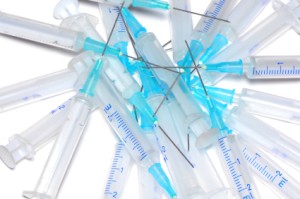
“Dental students are prone to needlestick injuries. The present study clearly reveals a need for increased awareness of NSI prevention among dental students” Huang et al (2021).
Needlestick in nursing education
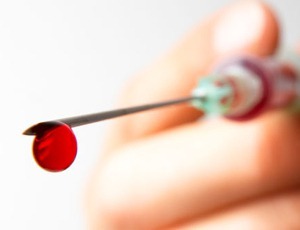
“Increasing awareness and empowerment levels of nursing students through training can reduce the occurrence and the underreporting of NSIs” Bilek et al (2021).
Needlestick prevention among nursing students in China – Full Text
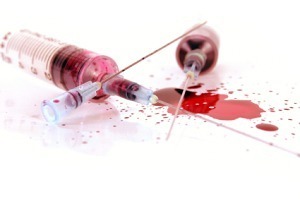
“A cross-sectional study of 400 nursing students was carried out to assess the participants’ knowledge, attitudes, and practices regarding prevention of NSIs” Wang et al (2021).
Blood exposure reduction – Full Text

“Considering all the potential means of blood exposure (needle stick injury, sharp medical equipment injury, and blood splash) while excluding blood-free body-fluids” Reda et al (2021).
Needlestick and splash exposure – Full Text
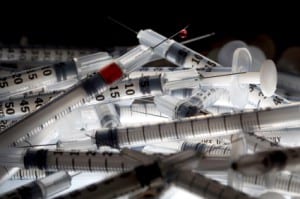
“The aim of this study is to conduct a systematic review and meta-analysis to review published literature about sharps injuries and splash exposures of healthcare workers in Arab countries” Karkaz et al (2021).
Student nurse sharps injuries
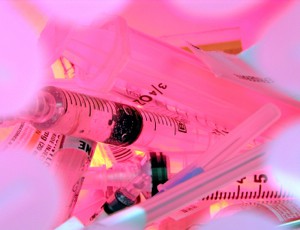
“Sharps injuries are common among nursing students, and can have many psychological consequences for an individual” Hambridge et al (2021).
Insulin-related needlestick prevention

“The effectiveness of this multifaceted project provides a practical template to reduce subcutaneous insulin-related needlestick injuries” Friel et al (2021).
Psychological impact of sharps injury

“Some nursing students reported psychological impacts after sustaining the sharps injury, which affected both their professional and personal life” Hambridge et al (2021).
Needlestick injuries among nurses

“Interns in Asia were more likely to have NSI than interns in Europe, and the lowest incidence of NSI was among interns in the USA” Chen and Zhang (2021).
Needlestick hepatitis C infection rates – Full Text

“This cross-sectional study was performed to investigate the change in the actual HCV RNA positivity rate in source patients before and after the interferon (IFN)-free DAA era” Okushin et al (2021).
Needlestick and disclosure of HIV status – Full Text

“This commentary on an occupational exposure case considers benchmarks in the evolution of HIV testing” Chaudhuri et al (2021).
Needlestick reduction with pay-for-performance program
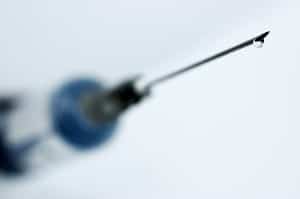
“Each trainee who worked at least 88 days in the institution was eligible to earn $400 for every target achieved for at least six months (maximum of $1,200)” Chen et al (2021).
RCN report suggests fifty percent rise in sharps injuries – Full Report

“Pressures of the pandemic and a lack of training has led to a 50% rise in needlestick injuries, a Royal College of Nursing (RCN) report suggests today” RCN (2021).
Preventing needlestick with DropSafe safety pen
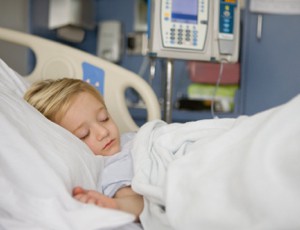
“DropSafe safety pen needle (SPN) was designed to help prevent such injuries before, during and after use through a built-in sharps injury prevention feature (SIPF)” Malinowski et al (2021).
Impact of needlestick injury prevention training
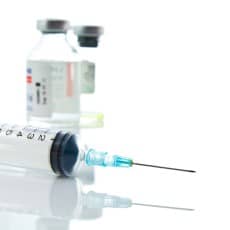
“The major finding of this study with respect to its implication on the healthcare system is that nurses are an important risk group for ORIs” Erturk Sengel et al (2021).
IV safety cannula and needlestick injury rates – Full Text

“The aim of the study was to estimate trends of percutaneous injury rates (IR) in nurses (N) and nurse assistants (NA) over a 10 year period, in which passive safety devices were progressively adopted” Ferrario et al (2021).
Risk factors associated with needlestick injury in healthcare

“Preventive measures including education programs can reduce the burden of NSI among healthcare personnel” Hassanipour et al (2021).

